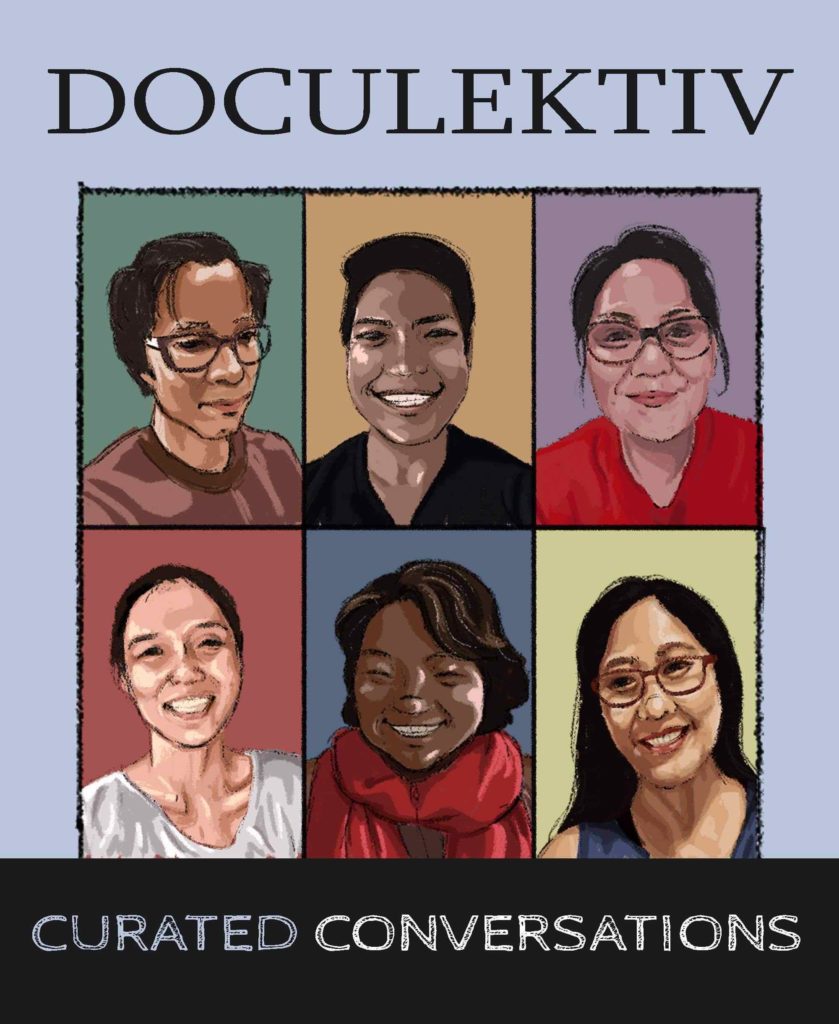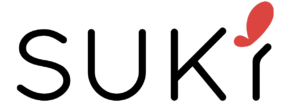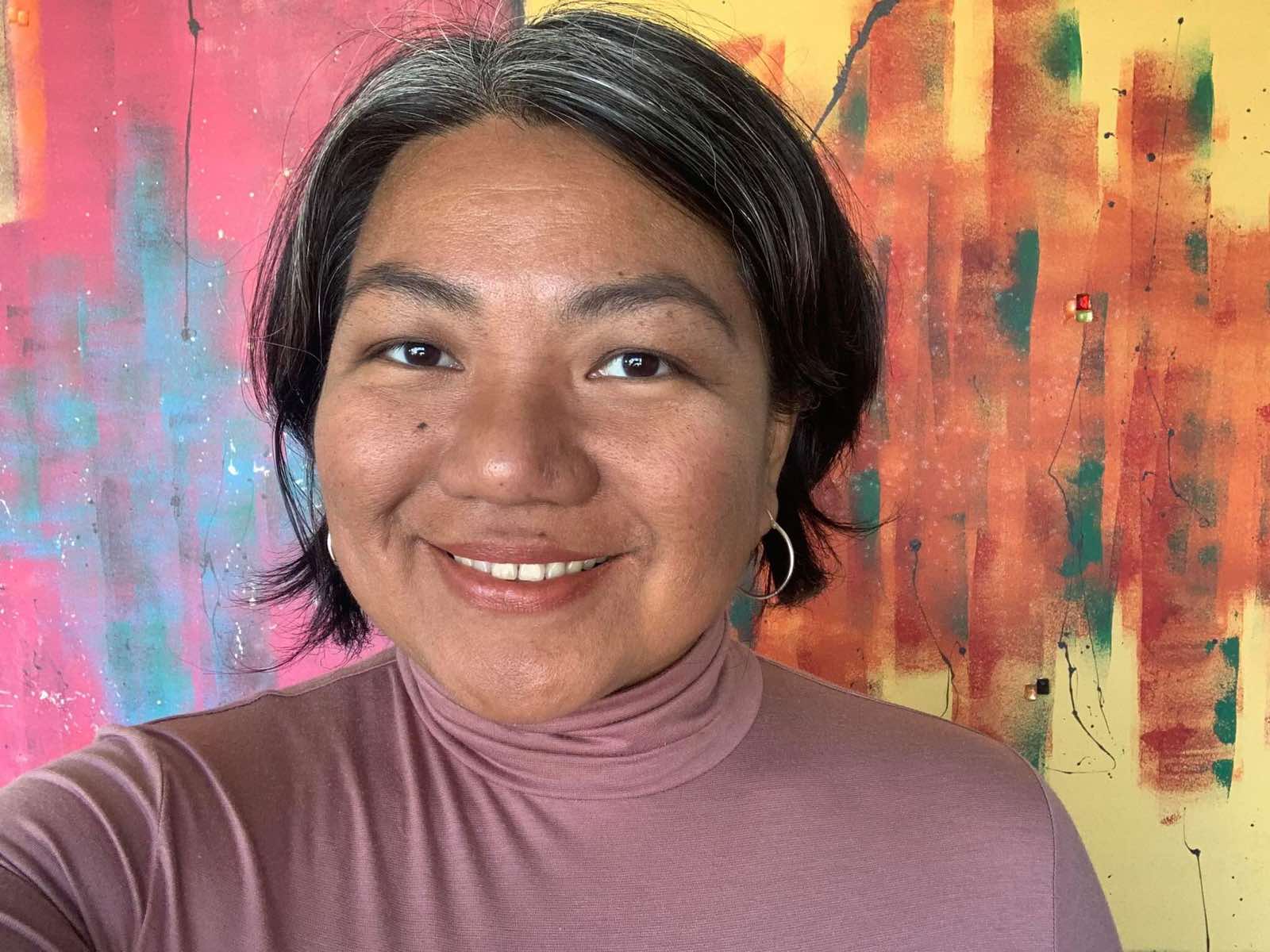When COVID-19 was declared a pandemic by the World Health Organization on March 2020 (“Archived: WHO Timeline”) the world as we know it came to a halt — “whole countries are in a lockdown, many of us confined to our homes facing an uncertain future in which, even if most of us survive, economic mega-crisis is likely.” (Zizek 85)
In the midst of the world coming to a halt, artists and other creatives were some of the first to respond and ‘tangibly’ grapple, paradoxically speaking, with our current predicament in the form of artistic productions in and during quarantine. Whether these responses come in the form of montages of ballerinas dancing from home, musicians doing lockdown concerts, festivals and other performing companies shifting to the virtual platform as a mode of (re)presentation, literary workshops via webinars, or countless visual artists, photographers, and filmmakers thoroughly documenting their spaces and conditions of living in isolation, artists and other creatives were quick to consciously use a range of online platforms to share their experiences and converse with and amongst various perceived ‘publics,’ about the precarious condition that COVID-19 hurled the world in.

Like many of these responses, Doculektiv is the AARPS Collective’s attempt to grapple with the precarious condition that the pandemic threw us in. But, unlike many of these responses that used the virtual platform to flow outwards and ‘reach out,’ in an attempt to curve the sudden brunt of forced isolation and physical distancing, ironically speaking, the AARPS Collective flowed inwards towards the direction of collective consolidation and anchoring through documenting and archiving our moments of ‘gathering’ –– via our Zoom meetings –– in order to understand, capture and (re)imagine ‘collectivity’ during lockdown. These ‘gatherings’ are mostly constituted of the collective’s intensive conversations, disposition check-ups, educational and political discussions, video viewings, project assessments and evaluations, creative collective making (virtual) physical group exercises, household, cooking, and self-care tips sharing, and other such conversations, which we endearingly call Daster Discourse. 1
Daster Discourse has become the collective’s safe space in which we thoroughly process and traverse our asynchronous time zones and geographical spaces2 and (dis)comforts, anxieties, baggage, ‘fatigue’ specifically with virtual meetings, webinars and other online presences, and anger towards the political situation, especially in the Philippines. More importantly, Daster Discourse became our collective making process, in this case, our curatorial devising process for our projects during quarantine. Here, there is an inter-looping relationship between creative process and work, in the sense that, Daster Discourse became the space and process that led the project — Doculektiv — and Doculektiv became the documentation, archive, and curatorial work that embodied the space and process — Daster Discourse.
Doculektiv is a continuing conversation on the collective’s process-led research and curatorial exercise on fluid archiving and transdisciplinary modes of making, and it is also a result of these. It is currently iterated as a three-part, short format video conversations, clipped and curated from recordings of our various Daster Discourse sessions. In general, Doculektiv, traverses three clusters of conversations. One, it is a conversation about the Adow ne Domaget (Dumagat Day) 2020 KKK radio program-festival that aired from May to June 2020, which AARPS collectively produced with the Dumagat communities in Dingalan, Aurora Province, as a creative response against militarisation and other forms of state oppression during the lockdown in these indigenous communities. Two, it is also a conversation about the AARPS collective’s shared principles, creative methods and processes, and ethical guidelines in community-based creative work and collective making and collaboration. Finally, it is a conversation about Doculektiv itself, which was primarily conceived from a prompt to share our creative process to a wider ‘public’ via the virtual platform, but quickly transformed into an archival project and a curatorial exercise on presenting these archival materials as a process of ‘sharing,’ ‘retrieving,’ and ‘perceiving’ archival data, specifically, embodied, performative, fluid, and dynamic data.
The conversations presented in Doculektiv are a result of a collective process of curatorial devising in which each collective member –– Roselle Pineda, Angela Baguilat, Jen Gamboa, Reena Manalo, Loujaye Sonido, and Teta Tulay –– scans, clips, (video) edits, and curates her individual sections. These segments will then be previewed and processed by the group, and curated into an ensemble video conversation, either through another concept prompt from the collective and/or by the collective’s dubbed “captain/nagtitimon,” Roselle Pineda, before it is stitched together by the group’s video editors Loujaye Sonido or Jen Gamboa.
For instance, in Doculektiv Part 1 — “Archiving a Collective,” collective member Teta Tulay incited each member of the group to “choose, clip, and assemble three minutes of ourselves and one moment of the (AARPS) collective” from our various Zoom recordings, as a prompt for the devising of our individual segments. Eventually, the group decided to use an excerpt from Tulay’s poem “Awit ng Hinirang,”3 in which she wrote particular lines to describe the ‘roles’ of each member in the collective, as a curatorial device to assemble Doculektiv 1 together. The lines from the poem were also used as chapter titles for each segment.
In Doculektiv Part 2 aptly titled “(Dis)Comfort Zones,” the members share their various conceptions and embodiments of both comfort and discomfort, especially in the time of pandemic, and how all those intersect with their individual (dis)positions, collective trust and care, and (creative) work and process. Many of these curated clips deal with the collective’s constant critical reflection on the ethics of making and collaboration with each other and with our community partners, as well as our personal, individual, and collective (dis)comforts in ‘performing’ especially via the virtual space with a perceived ‘public,’ or to a certain degree, an ‘imagined community.’ Similarly devised as Part 1, all members explored and assembled their individual segments, via a song-prompt to represent these feelings and dispositions of comfort and discomfort mentioned above. Eventually, the songs that they chose were played at the end of their individual segment and became the chapter title of the next segment, as a way to stitch the videos into an ensemble.
In Doculektiv 3 – Curated Conversations, the AARPS collective unpacks the term “collective” and how each member approaches processes, relationships, and work within the collective through these interweaving valuations and embodiments of “collectivity” fuelled by fluidity, history, care, ethical principles, and trust. For this last instalment of this three-part conversation, we went on a full circle as chapter titles went back to the word-prompts that each member gave during the beginning of the Doculektiv process, as a curatorial device to cluster and assemble the episode. These words are as follows:
SHARE. Each and every conversation is an exchange of experiences, ideas, discovered talents, anxieties, uncertainties and triumphs. We shared and we will keep on sharing. — Angela Baguilat
ANCHOR. In a period of transition and constant processing, collective work is grounding. With whom. For whom. — Loujaye Sonido
LESSONS. During this pandemic, I get to have more time and space to pay keener attention to look back at my life. Know my mistakes. Cry when I must. Capture the lessons. And most importantly, commit to be a better person. This collective has been an important avenue for me towards critical self-reflection and meaningful action. — Jen Gamboa
RELATIONSHIPS. Processes forged and changed relationships within and outside the collective; relationships influenced both the processes we consciously and instinctively employed. — Reena Manalo
CAPTURE. How does one make sense of intermingling breaks and flows within a collective? Immersing in processes of convergence and capturing moments of mergence, before letting go into another cycle of breaks, flow, convergence and mergence. — Roselle Pineda
BREAK. Our situation is a breaking point of many sorts, different levels and contexts. Take a break. Break through all this hullabaloo of virtual space. To break personal inhibitions about sharing. And break conventions set by this new abnormal. — Teta Tulay
Doculektiv 3 – Curated Conversations, did not only represent the collective’s processes, lessons, realisations, and valuations about their work and their relationships towards each other that make up the collective, but also seemed to signify the collective’s new direction, new waves, new flows, and a break, to set off these new iterations. A sense of finality and a sense of continuity at the same time.
In the time of halting, no matter how temporal it may be, the curatorial exercise prompted in archiving that resulted as Doculektiv, provoked important conversations, creative processes, and research questions that do not only express these ‘pandemic themes’ — of the very long pause, of (Zoom) fatigue, of anxiety, of dying, of political upheaval, of ethical responsibilities, of collaboration, collective making, collective gathering, collective action, and ‘collectivity’ itself — but also became an important act of resistance against uncertainty, loss, and even erasure. On the one hand, archiving helped the collective find an anchor in the vast array of uncertainties brought about by the pandemic. On the other, it also allowed the collective to invoke the disruptive capacity of archiving, to look elsewhere, present new narratives, unsettle comfort zones, strike new conversations, and find new ways of imagining both the process of ‘gathering’ and grounding for the collective –– “a coughed-up archive… that is interrupted and that is interruptive” (Hafez 289) and that refuses erasure, resists oblivion, and stamps presence. Moreover, by approaching archiving as a curatorial exercise, Doculektiv, (1) became a ‘transdisciplinal’ conversation and fluid mode of (re)presentation, and dynamic exchange about the practices of archiving and curation itself; (2) demonstrated the inter-capturing characteristic of creative process and work; (3) allowed for the reimagination of ‘gathering’ in a space-time continuum that embodies both past and present, and absence and presence; and (4) went “beyond presenting material” to emphasise “the discursive practice as crucial to the document it collects.” (Hafez 290)
As was indicated in the last episode of Doculektiv itself, the many different ‘publics’ can engage with it in various ways: (1) as an archival data; (2) as a conversation about artistic practices and research, specifically in the context of collective collaboration and making and community arts; but (3) it is also a conversation in itself — about loss, about uncertainties, about fatigue, about love, about trust, about care, about solidarity and social engagement, about politics, about anchor, about our paradoxical situation, about being in this moment, and about becoming into the moment and action of what needs to be done. In any case, Doculektiv can be taken as “a curious dialogue, a decentralized action, and a friendly provocation at a time of catastrophes.” (Hafez 290)
Endnotes:
1. Daster is the Tagalog term for a typical house dress. The group coined the phrase Daster Discourse to pertain to our conditions of gathering in which we are all relegated to converse from our homes sharing household tips, while creatively curating/making, and of course, in our house attires, or “pambahay.”Daster Discourse is also meant to allude to the paradox of our situation in the pandemic wherein there suddenly is no distinction between home and work, educational and daster/house discourses, creative and research, and so on.
2. AARPS Collective members converse across Australia, Manila and Dingalan.
3. The following lines from “Awit ng Hinirang” were excerpted as chapter titles for Doculektiv – Archiving a Collective: Ngiti ng umiibig [the AARPS Collective]… Hakbang ng nagtitiwala [Jen Gamboa]… Kapit ng may malasakit sa tanan [Loujaye Sonido]… Dalangin ng nagsisilbi [Reena Manalo]… Pangarap ng nagpapahele [Angela Baguilat]… Tinig ng nagtitimon sa madla [Roselle Pineda]… Tibok ng nagpapakatatag [Teta Tulay].
About the AARPS Collective
The Aurora Artist Residency Program and Space (AARPS) is an art/cultural organisation that promotes creative collaborations with communities, located in Dingalan, Aurora Province. The AARPS serves as the co-producer and co-presenter of the Adow ne Domaget (Dumagat Day) festival in collaboration with the Dumagat communities in the area. It is composed of a collective of women, namely, Roselle Pineda, Angela Baguilat, Alysa Curioso, Jen Gamboa, Reena Manalo, Loujaye Sonido, and Teta Tulay. The Doculektiv Team is composed of Pineda, Baguilat, Gamboa, Manalo, Sonido, and Tulay, with the absence of Curioso as she is locked down in our community area in Dingalan and does not have consistent internet access; she, however, is very much part of our conversations in Doculektiv. She and our Dumagat community partners are part of our (dis) comfort zone and our compass in knowing where to anchor.
Note
This paper is an abridged version of a full paper with the same title.Works Cited
Hafez, Adham. “ARC.HIVE of Contemporary Arab Performing Arts: Memory, Catastrophe, Resistance, and Oblivion. Curating Live Arts: Critical Perspectives, Essays, and Conversations on Theory and Practice. Dena Davida, Jane Gabriels, Veronique Hudon, and Marc Pronovost (Eds.). New York and Oxford: Berghahn, 2019, pp. 287-291. Print.
Pineda, Roselle, Angela Baguilat, Jen Gamboa, Loujaye Sonido, and Teta Tulay (AARPS Collective). DOCULEKTIV – Archiving a Collective (Part 1). https://www.youtube.com/watch?v=tCVQ1brkA70&t=82s. 2020
Pineda, Roselle, Angela Baguilat, Jen Gamboa, Reena Manalo, Loujaye Sonido, and Teta Tulay (AARPS Collective). DOCULEKTIV – (Dis) Comfort Zones (Part 2).
https://www.youtube.com/watch?v=U58uAkwPVLo. 2020
Pineda, Roselle, Angela Baguilat, Jen Gamboa, Reena Manalo, Loujaye Sonido, and Teta Tulay (AARPS Collective). DOCULEKTIV – Curated Conversations (Part 3).
https://www.youtube.com/watch?v=-x_UhG0gndI. 2020
Szendy, Peter. In Viral Times. 15 April 2020. https://critinq.wordpress.com/2020/04/15/viral-times/. Accessed 16 July 2020.
World Health Organization. Archive: WHO Timeline – COVID-19. https://www.who.int/news-room/detail/27-04-2020-who-timeline—covid-19. Accessed 29 July 2020.
Zizek, Slavoj. Pandemic: COVID-19 Shakes the World. New York and London, OR Books, 2020.



